Home>Garden Essentials>When Do You Cut Back Greenery On Asparagus
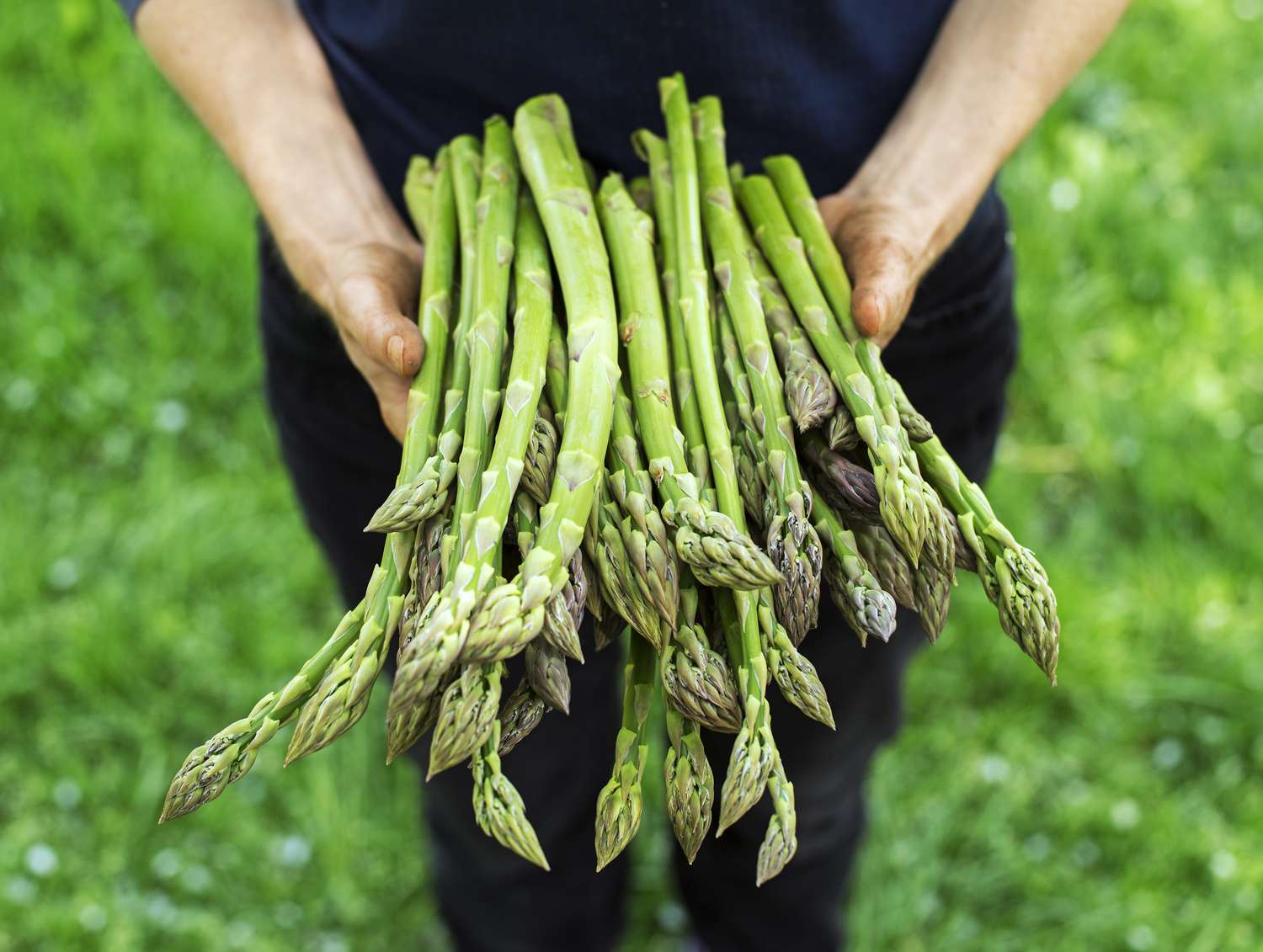

Garden Essentials
When Do You Cut Back Greenery On Asparagus
Modified: March 7, 2024
Discover the best time to trim your asparagus greenery in the garden. Learn when and how to cut back asparagus for optimal growth and harvest.
(Many of the links in this article redirect to a specific reviewed product. Your purchase of these products through affiliate links helps to generate commission for Storables.com, at no extra cost. Learn more)
Introduction
Welcome to the world of gardening! Whether you are a seasoned gardener or just getting started, pruning and cutting back greenery are essential tasks to keep your plants healthy and thriving. In this article, we will be focusing on the specific greenery-cutting needs of asparagus – a delicious and nutritious vegetable that many gardeners enjoy growing in their backyard.
Asparagus is a perennial plant that requires regular maintenance to ensure its longevity and productivity. Cutting back the greenery of asparagus plays a vital role in promoting healthy growth and maximizing the yield. By understanding the growth cycle of asparagus and learning the appropriate techniques for cutting back, you will be able to provide the optimal conditions for your plants to flourish.
In the following sections, we will delve into the importance of cutting back greenery on asparagus, factors to consider before taking action, and the best time to initiate the pruning process. We will also provide you with a detailed step-by-step guide on how to cut back the asparagus greenery effectively, as well as common mistakes to avoid along the way.
So, if you are ready to take your asparagus gardening to the next level, let’s dive in and explore the world of cutting back greenery on asparagus!
Key Takeaways:
- Properly timing the cutting back of asparagus greenery in late fall or early winter ensures healthy plant growth and maximizes productivity for a bountiful harvest.
- Avoid common mistakes like pruning too early or late, and always consider plant health, timing, and regional climate for successful asparagus greenery cutting.
Understanding Asparagus Growth
Before we dive into the intricacies of cutting back asparagus greenery, it is crucial to have a basic understanding of how asparagus plants grow. Asparagus is a perennial vegetable that belongs to the lily family. Unlike many other vegetables, asparagus plants have a long lifespan, often producing bountiful harvests for up to 20 years when properly cared for.
Asparagus is unique in its growth pattern. In its first year, asparagus plants focus their energy on developing a strong root system without producing any edible spears. This stage is essential for establishing a solid foundation for future growth and optimal productivity.
During the second year, the asparagus plants start producing thin, delicate spears that can be harvested sparingly. It is important to resist the temptation to harvest too many spears during this period, as it can weaken the plants’ energy reserves and compromise future yields.
From the third year onwards, asparagus plants enter their peak production phase. The plants produce thick, succulent spears that can be harvested for several weeks. These spears emerge from the ground and reach their maximum height within a short period, making it essential to keep a close eye on their growth.
After the harvest season, the asparagus plants shift their focus to replenishing their energy reserves for the next growing season. This is where cutting back the greenery becomes crucial to support the plants’ health and ensure sustained productivity.
By understanding the various growth stages of asparagus plants, you can better appreciate the importance of cutting back the greenery at the right time. Proper pruning not only helps to maintain plant vigor and longevity but also promotes the development of strong, healthy spears in the coming seasons.
The Importance of Cutting Back Greenery
Now that we have a better understanding of asparagus growth, it’s time to explore the significance of cutting back the greenery on these plants. Pruning and cutting back the foliage of asparagus serve several important purposes that directly impact the health and productivity of the plants.
First and foremost, cutting back greenery helps to prevent the plants from becoming overcrowded and tangled. Asparagus plants have an expansive root system, and if left uncontrolled, the foliage can quickly spread and intertwine, leading to a dense and congested bed. This can hinder air circulation and increase the risk of diseases and pests. By regularly cutting back the greenery, you create enough space for each plant to grow freely, minimizing the risk of overcrowding.
Additionally, cutting back the greenery removes any dead or diseased foliage. Asparagus plants are not immune to diseases and pests, and certain conditions can cause the foliage to become discolored or wilted. These damaged or dead fronds can act as a breeding ground for pathogens and can negatively impact the overall health of the plants. By promptly cutting back and removing any affected foliage, you can prevent the spread of diseases and promote a cleaner and healthier growing environment.
Moreover, cutting back greenery helps to divert the plant’s energy towards root development. Asparagus plants rely on their root systems to absorb nutrients and water from the soil. By cutting back the foliage, you encourage the plants to allocate more energy towards root growth and development, resulting in stronger and more productive plants in the long run.
Another important reason to cut back greenery is to control the size and shape of the asparagus bed. Asparagus plants have a tendency to send out runners and spread rapidly if not properly maintained. By regularly pruning and cutting back the greenery, you can keep the plants in check and prevent them from encroaching on other areas of your garden.
Overall, cutting back the greenery on asparagus plants is essential for maintaining plant health, preventing overcrowding, controlling diseases and pests, promoting root development, and keeping the plants in a manageable size. By incorporating this practice into your asparagus maintenance routine, you can ensure the long-term success and productivity of your asparagus bed.
Factors to Consider When Cutting Back Greenery
While cutting back the greenery on asparagus plants is important, it’s crucial to consider a few factors before diving into the pruning process. Taking these factors into account will ensure that you approach the task correctly and make informed decisions that benefit the health and productivity of your asparagus bed.
1. Growth Stage: The growth stage of your asparagus plants is an important consideration when determining when to cut back the greenery. As mentioned earlier, during the first and second years, it’s best to avoid heavy pruning as the plants are still establishing their root system and developing spear production. Once the plants enter their third year and beyond, you can be more aggressive with pruning to encourage robust growth and maximum spears.
2. Climate: Climate plays a role in determining when to cut back asparagus greenery. In colder regions, it is generally recommended to leave the foliage intact over winter to provide some protection to the crowns. However, in warmer regions, where there is minimal risk of freezing temperatures, you may choose to cut back greenery in late fall or early winter to prevent the plants from becoming unruly.
3. Health of the Plants: Consider the overall health of your asparagus plants before pruning. If you notice any signs of disease or pests, it’s important to address those issues first before cutting back the greenery. By treating and resolving any health issues, you can ensure that your plants are in the best condition to respond positively to pruning.
4. Timing: Timing is crucial when it comes to cutting back asparagus greenery. It is generally recommended to wait until after the foliage has turned yellow or brown before initiating pruning. This indicates that the plants have fully absorbed nutrients from the foliage and are prepared for the dormant period. Cutting back too early can inhibit the plants’ ability to store energy for the next growing season.
5. Personal Preference: Finally, personal preference and aesthetic considerations should also be taken into account when deciding how much to cut back. Some gardeners prefer to leave a few inches of foliage intact for visual appeal, while others prefer a more severe pruning approach. As long as the basic principles of cutting back greenery are followed, you can tailor the pruning process to suit your preferences.
By considering these factors when cutting back the greenery on your asparagus plants, you can make well-informed decisions and ensure that the pruning process is carried out at the most appropriate time for optimal results.
Cut back greenery on asparagus in late fall after it turns yellow or brown. Trim the foliage to ground level to prepare the plant for winter and encourage healthy regrowth in the spring.
Best Time to Cut Back Greenery
Timing is crucial when it comes to cutting back the greenery on asparagus plants. Choosing the right time allows you to maximize the benefits of pruning and support the overall health and productivity of your plants.
The ideal time to cut back asparagus greenery is in late fall or early winter, after the foliage has turned yellow or brown. This indicates that the plants have gone dormant and have completed the process of nutrient absorption. Cutting back at this stage ensures that the plants have stored enough energy in their roots to support new growth in the upcoming growing season.
By cutting back greenery in late fall or early winter, you also remove any dead or disease-infected foliage that may harbor pests or pathogens over the winter months. This helps to minimize the risk of pests and diseases affecting the plants in the following year.
It’s important to note that if you live in a region with freezing temperatures, you may choose to leave some greenery intact for winter protection. The foliage acts as a natural insulation layer, protecting the crown of the plants from frost damage. You can trim the greenery closer to the ground, leaving about 2-4 inches (5-10 cm) to provide this protection.
If you live in a warmer region where freezing temperatures are not a concern, you may opt to cut back the greenery more aggressively. In such cases, you can cut the foliage down to just a few inches above the ground, removing the majority of the fronds. This helps to prevent any unruly growth and keeps the asparagus bed neat and manageable.
Remember, the goal of cutting back greenery is to maintain plant health, prevent diseases, and encourage stronger growth in the next season. By choosing the best time for pruning, you set your asparagus plants up for success and ensure their long-term productivity.
Keep in mind that there may be regional variations and specific climate considerations that influence the best time to cut back greenery on asparagus plants. It’s always a good idea to consult with local gardening resources or experienced gardeners in your area for guidance on the most appropriate timing for your specific region.
Read more: When Do You Cut The Greenery From Iris
Step-by-Step Guide to Cutting Back Greenery
Cutting back the greenery on asparagus plants may seem daunting at first, but with the right approach and a step-by-step guide, the process becomes much simpler. Below, we have outlined the essential steps to help you effectively cut back the greenery on your asparagus plants:
- Start by assessing the condition of the asparagus bed. Check for any signs of diseases, pests, or dead foliage. Address any issues before proceeding with cutting back the greenery.
- Gather the necessary tools for the job, including hand pruners or sharp scissors. Ensure that your tools are clean and sharp to prevent damage to the plants.
- Wait until late fall or early winter when the foliage has turned yellow or brown. This indicates that the plants have gone dormant and are ready for pruning.
- Begin the cutting process by cutting the foliage down to a few inches above the ground. Make clean cuts at a slight angle to prevent water accumulation on the stems.
- Remove any dead or diseased fronds promptly. These can be discarded or composted, depending on your preference and local guidelines.
- If you live in a region with freezing temperatures, consider leaving a layer of greenery (about 2-4 inches) to provide winter protection for the crown of the plants.
- Inspect the asparagus bed for any remaining weeds, debris, or dried fronds. Remove them to maintain a clean and tidy growing environment.
- Dispose of the cuttings properly, either by composting or disposing of them in accordance with your local waste management guidelines.
- After cutting back the greenery, consider applying a layer of mulch around the asparagus plants. This helps to insulate the soil and protect the crowns during the winter months.
- Monitor the asparagus bed throughout the winter and ensure that the plants are not affected by extreme weather conditions. Provide additional protection if needed.
Following these steps will help you effectively cut back the greenery on your asparagus plants and set them up for a successful growing season. Remember to take your time and be mindful of the plants’ health and overall condition as you proceed through each step.
It’s important to note that some variations may exist in pruning techniques depending on your specific asparagus variety and regional considerations. Consulting with local gardening resources or experienced gardeners in your area can provide valuable insight and guidance for the best practices in cutting back asparagus greenery.
Common Mistakes to Avoid
When it comes to cutting back the greenery on asparagus plants, there are a few common mistakes that gardeners should avoid. By being aware of these mistakes, you can ensure that your pruning efforts are effective and don’t compromise the health and productivity of your plants. Here are some common mistakes to watch out for:
- Pruning too early: Cutting back the greenery too early in the season can hinder the plants’ ability to store energy for the next growing season. Wait until the foliage has turned yellow or brown to ensure that the plants have completed nutrient absorption before pruning.
- Pruning too late: On the other hand, pruning too late can disrupt the plants’ natural dormancy process and delay new growth in the following season. Aim to cut back the greenery in late fall or early winter, before extreme cold temperatures set in.
- Removing all greenery: While it may be tempting to remove all the greenery for a clean look, it’s important to leave a layer of foliage (2-4 inches) if you live in a region with freezing temperatures. This provides protection for the crown of the plants during winter.
- Ignoring signs of diseases or pests: Before cutting back the greenery, thoroughly inspect the plants for any signs of diseases or pests. Address these issues before pruning to prevent the spread of pathogens and ensure the overall health of your plants.
- Using dull or dirty tools: Using dull or dirty pruning tools can damage the plants and introduce contaminants. Ensure your tools are clean and sharp before starting the pruning process to make clean cuts and minimize the risk of infections.
- Overlooking weed removal: While cutting back the greenery, take the time to remove any weeds or debris from the asparagus bed. Weeds can compete with the plants for nutrients and hinder their growth. Keeping the bed clear of weeds will promote healthier plants.
- Improper disposal of cuttings: Dispose of the cuttings properly, either by composting them or following local waste management guidelines. This helps prevent the spread of diseases and pests and keeps your garden free from potential issues.
- Skipping mulching: Applying a layer of mulch around the asparagus plants after pruning helps insulate the soil and protect the crowns during the winter months. Don’t forget to mulch as it can provide important protection and promote healthier growth in the following season.
By avoiding these common mistakes, you can ensure that your cutting back greenery efforts benefit your asparagus plants in the best possible way. Remember to prioritize plant health, timing, and the specific needs of your asparagus variety to achieve optimal results.
Conclusion
Cutting back the greenery on asparagus plants is a vital aspect of maintaining their health, productivity, and overall appearance. By understanding the growth patterns of asparagus and the importance of pruning, you can effectively care for your plants and ensure their long-term success.
In this article, we have discussed the various factors to consider when cutting back asparagus greenery, including the growth stage of the plants, climate considerations, plant health, timing, and personal preference. We explored the best time to cut back the greenery, emphasizing the importance of waiting until late fall or early winter when the foliage has turned yellow or brown.
Additionally, we provided a step-by-step guide to help you through the process of cutting back the greenery, highlighting the significance of assessing the asparagus bed, using clean and sharp tools, and removing any dead or diseased fronds. We also emphasized the importance of avoiding common mistakes such as pruning too early or too late, ignoring signs of diseases, and improper disposal of cuttings.
By following these guidelines and taking the necessary precautions, you can effectively prune the greenery on your asparagus plants, promoting better growth, and maximizing their productivity. Remember to consult local gardening resources or experienced gardeners for specific regional advice and considerations.
So, whether you’re a seasoned gardener or just starting out, embracing the practice of cutting back greenery will help you maintain healthy, robust, and productive asparagus plants year after year. Enjoy the process, observe your plants’ response, and reap the rewards of a bountiful asparagus harvest in your very own garden!
Frequently Asked Questions about When Do You Cut Back Greenery On Asparagus
Was this page helpful?
At Storables.com, we guarantee accurate and reliable information. Our content, validated by Expert Board Contributors, is crafted following stringent Editorial Policies. We're committed to providing you with well-researched, expert-backed insights for all your informational needs.
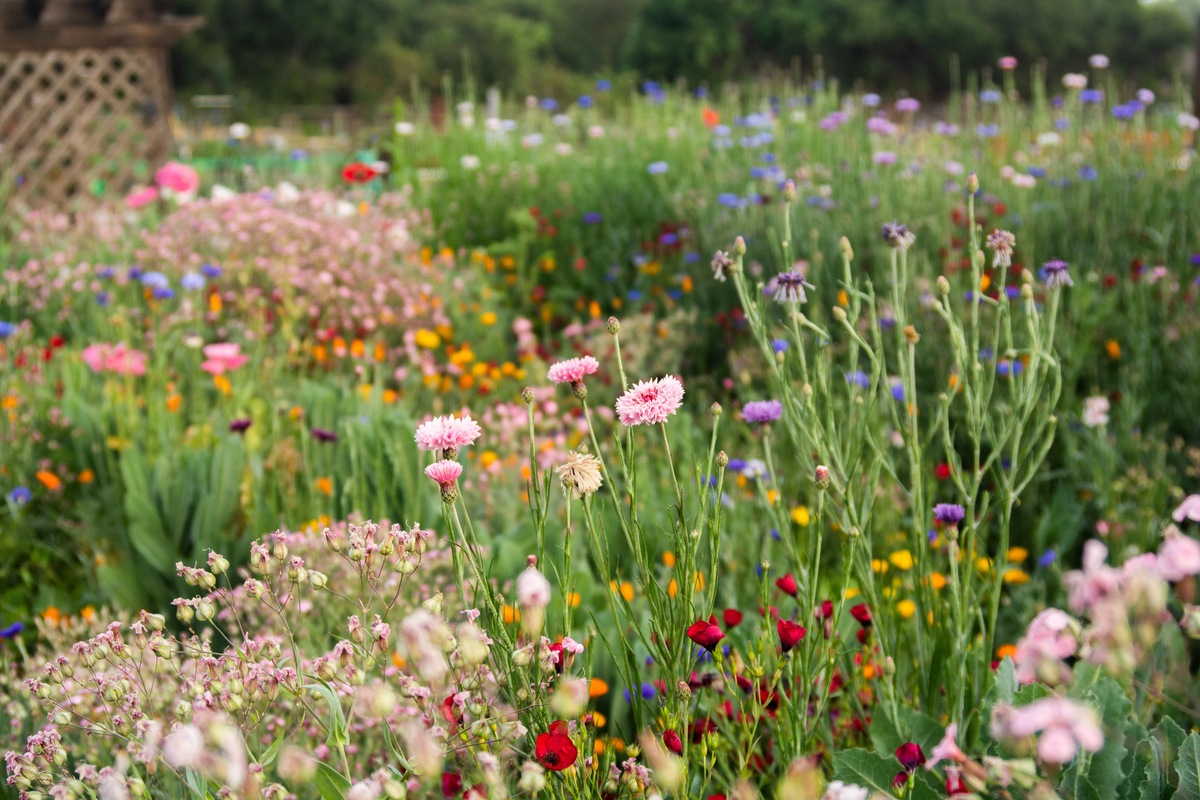
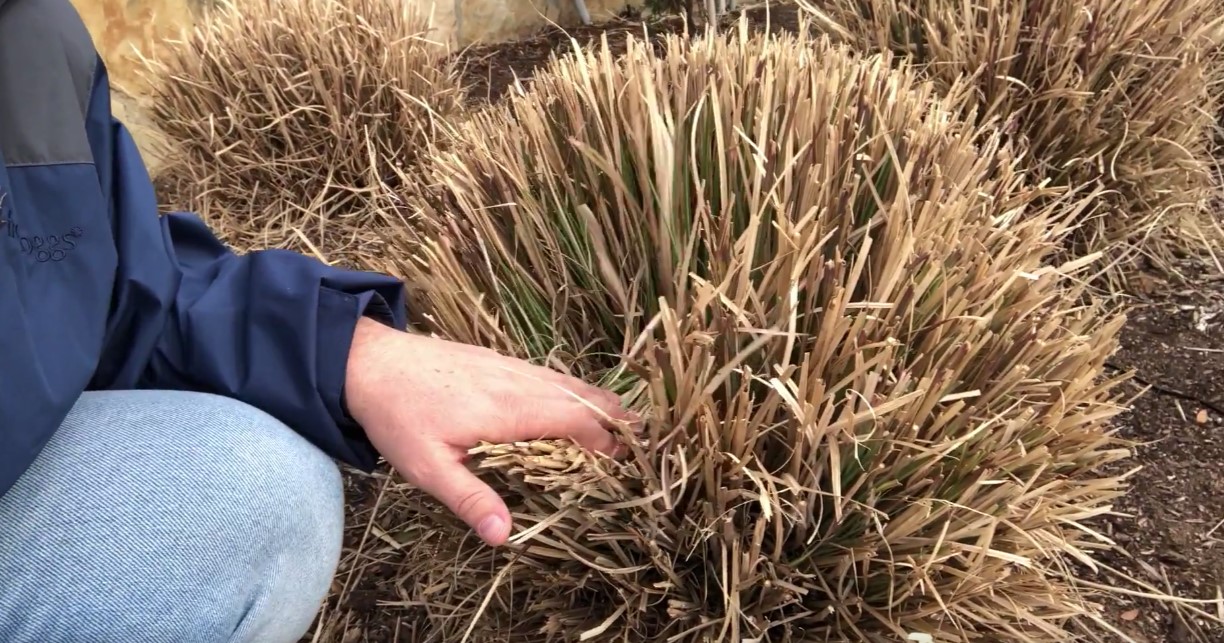
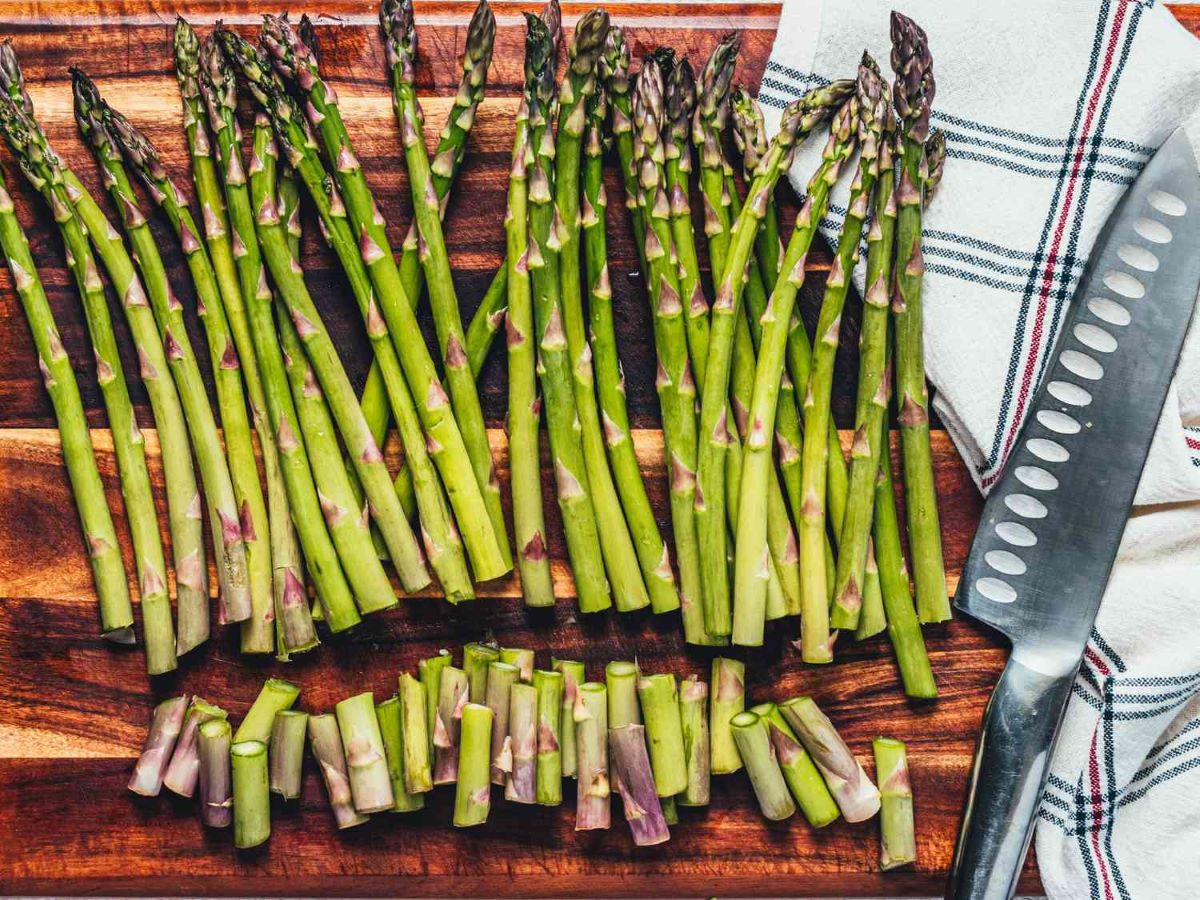
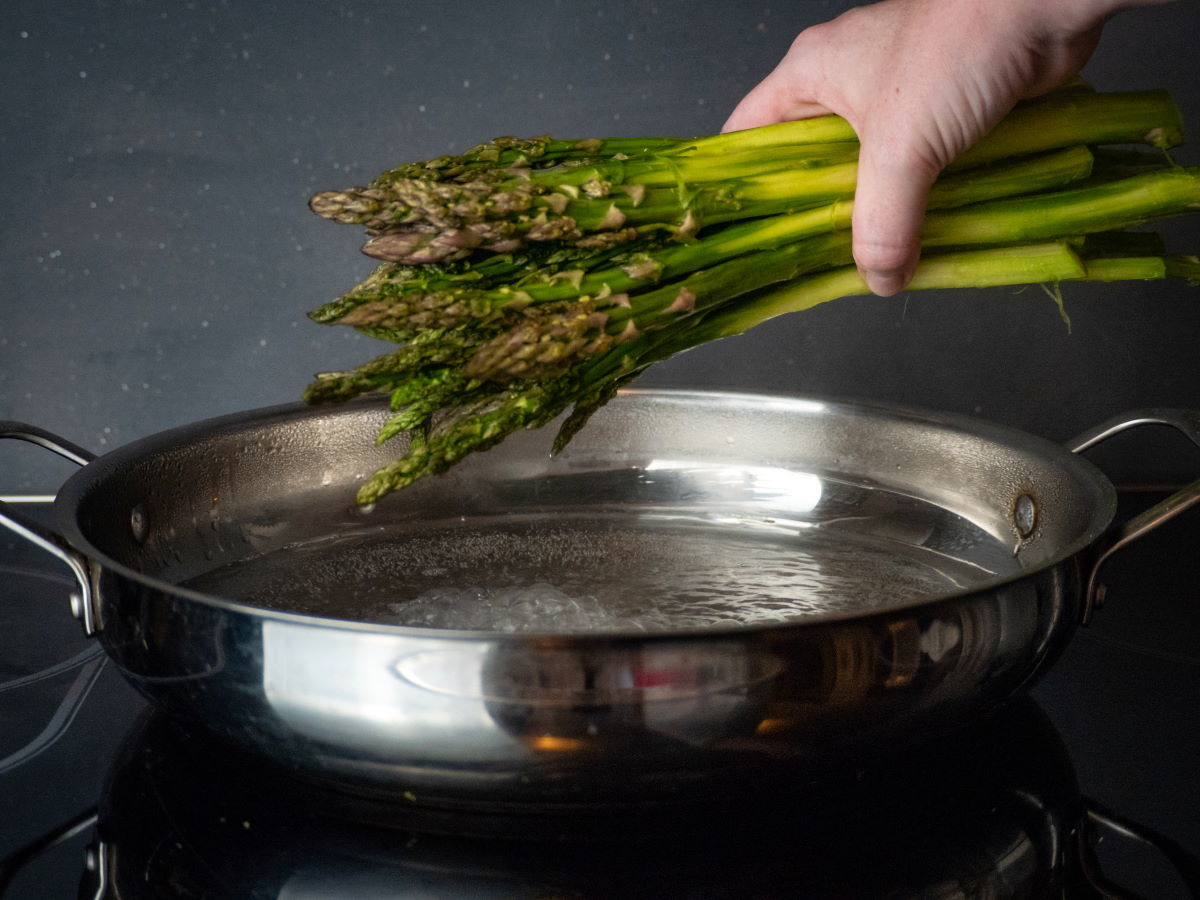

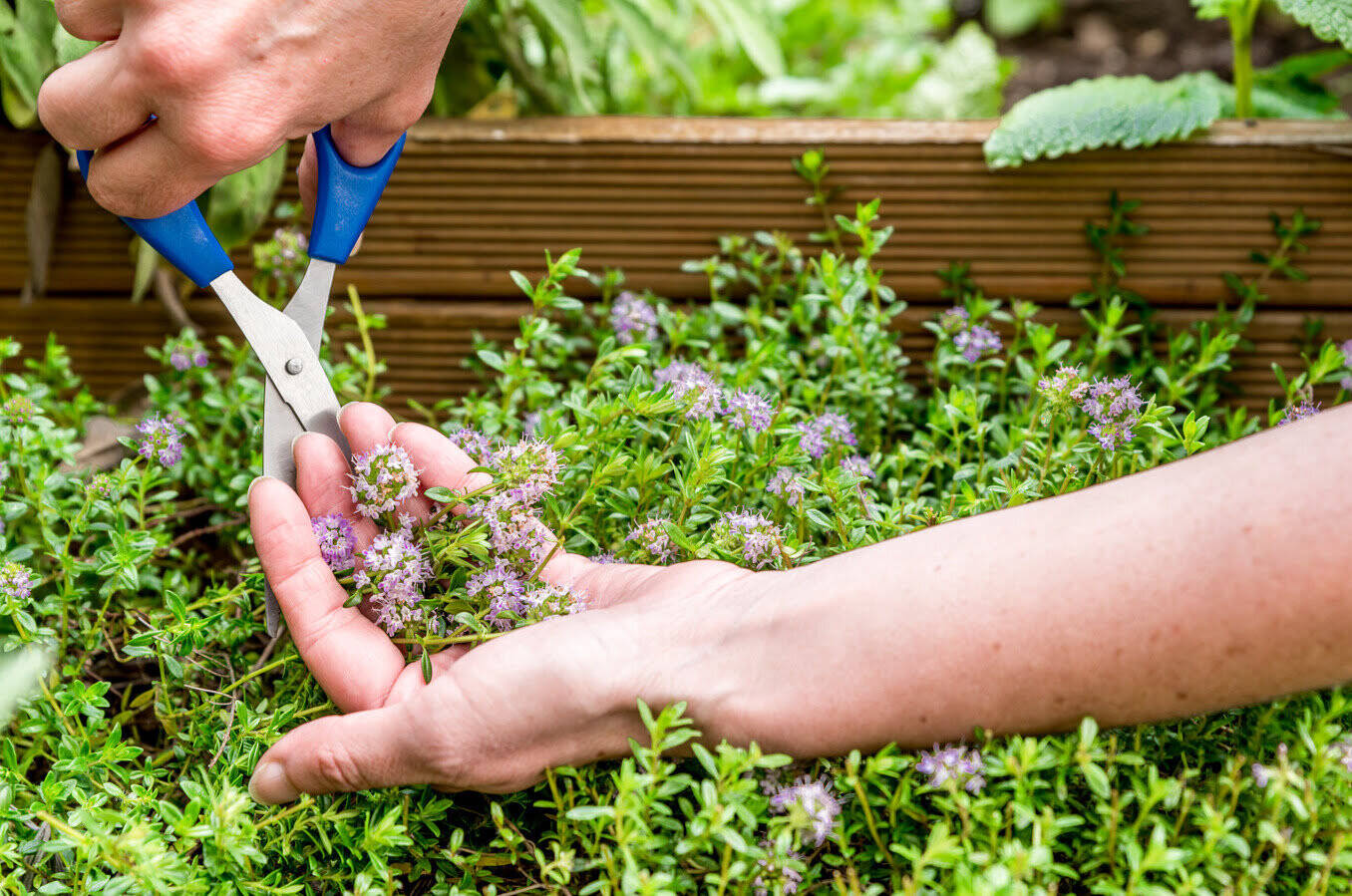


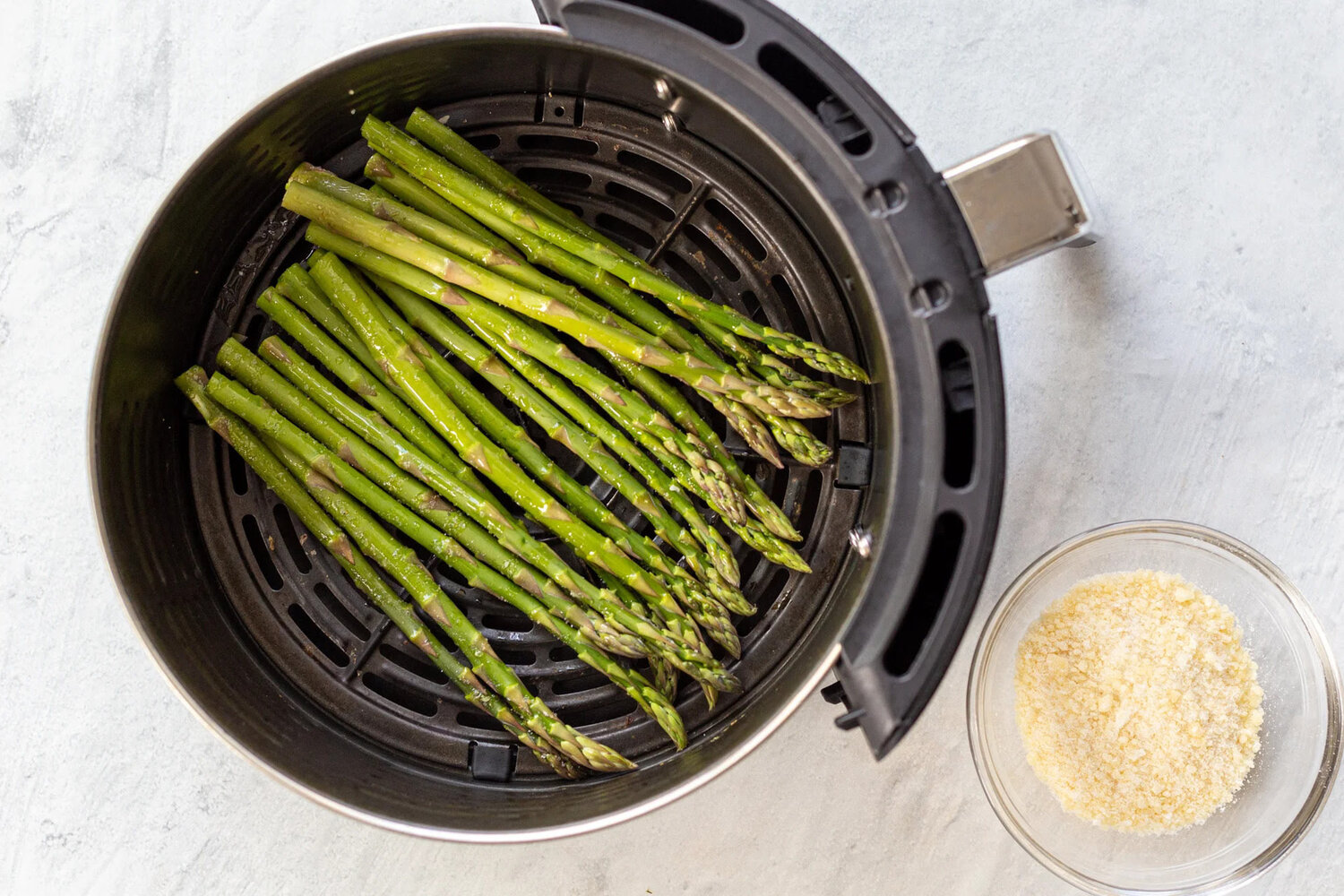
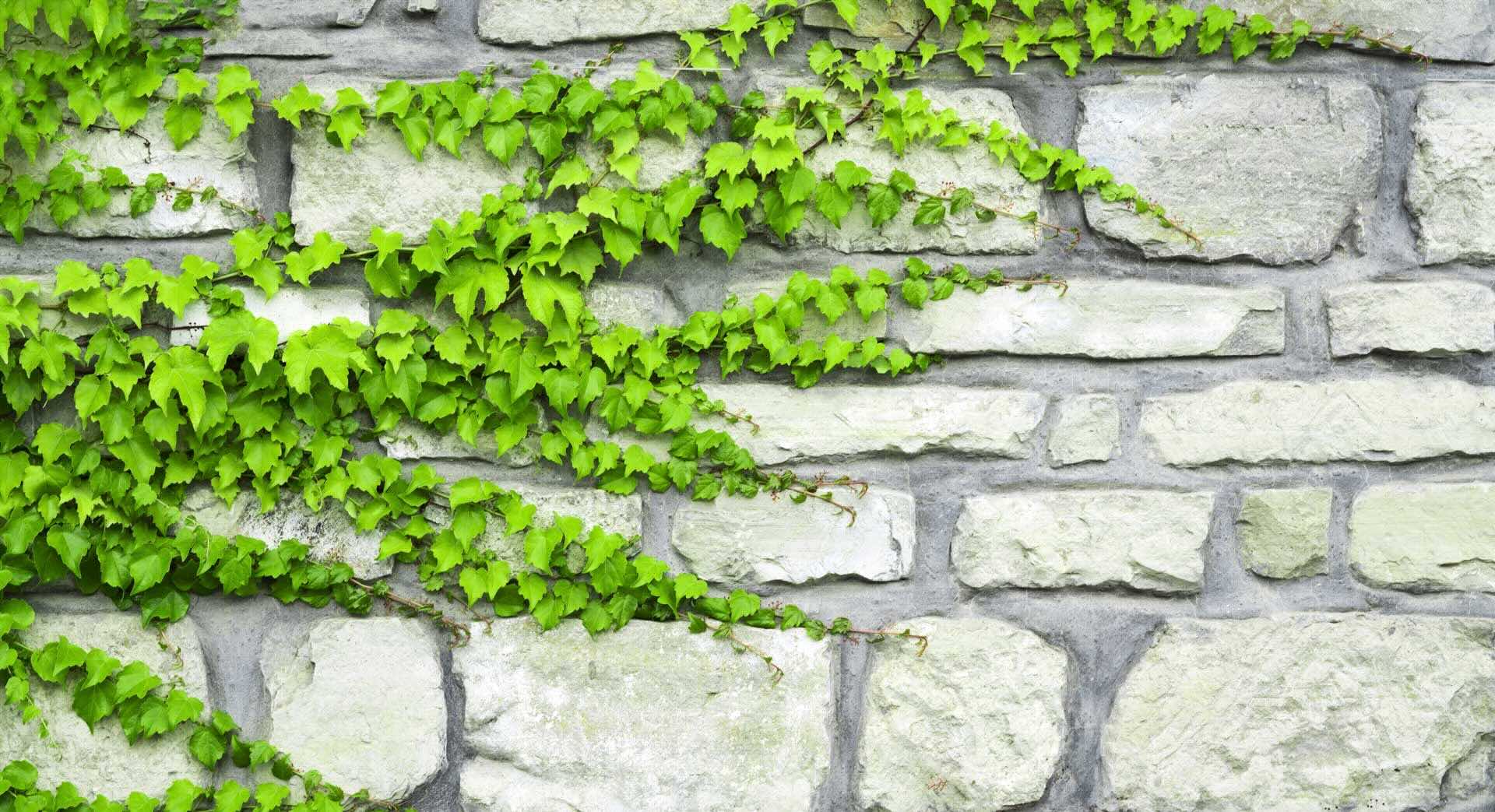


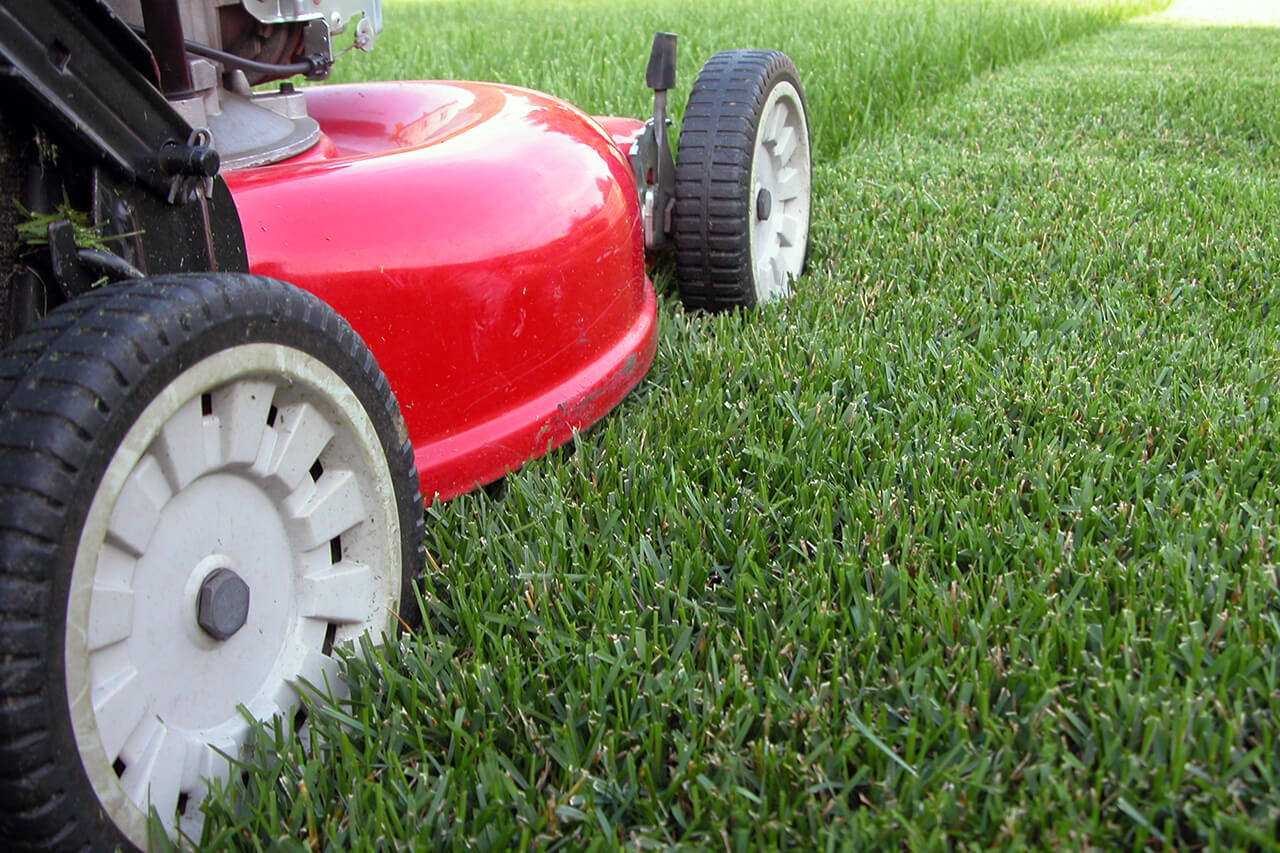
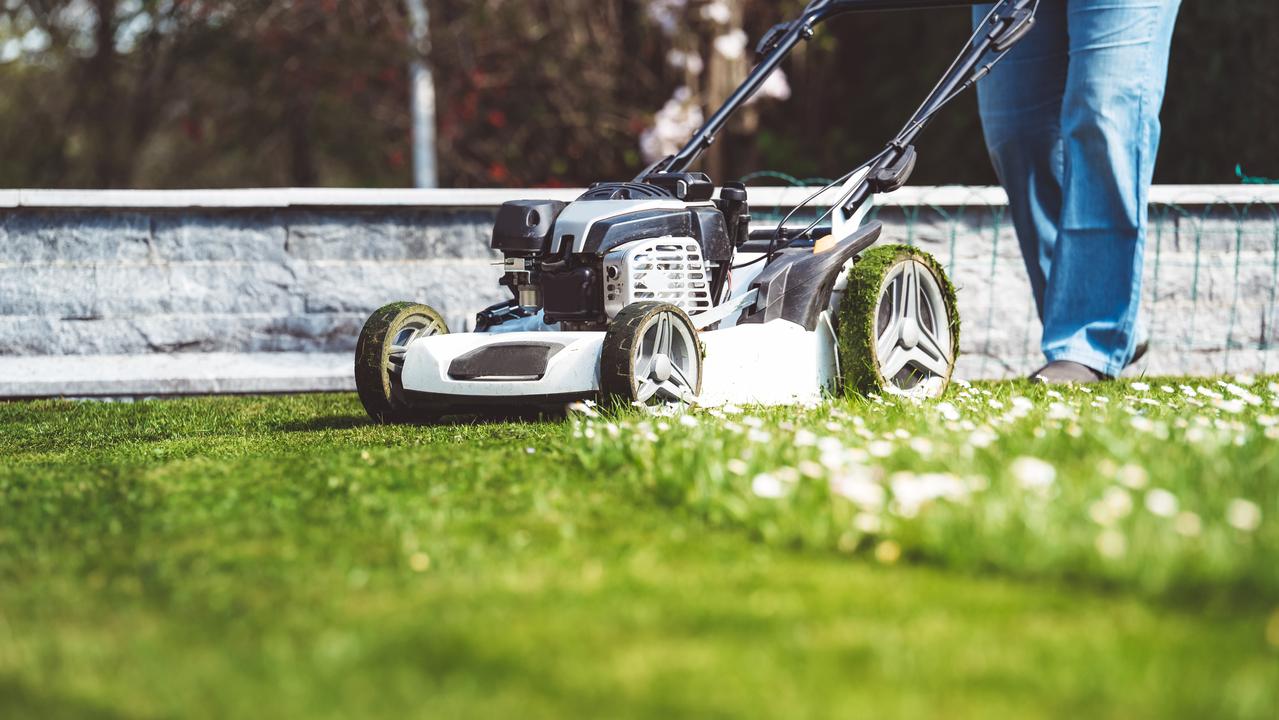

0 thoughts on “When Do You Cut Back Greenery On Asparagus”